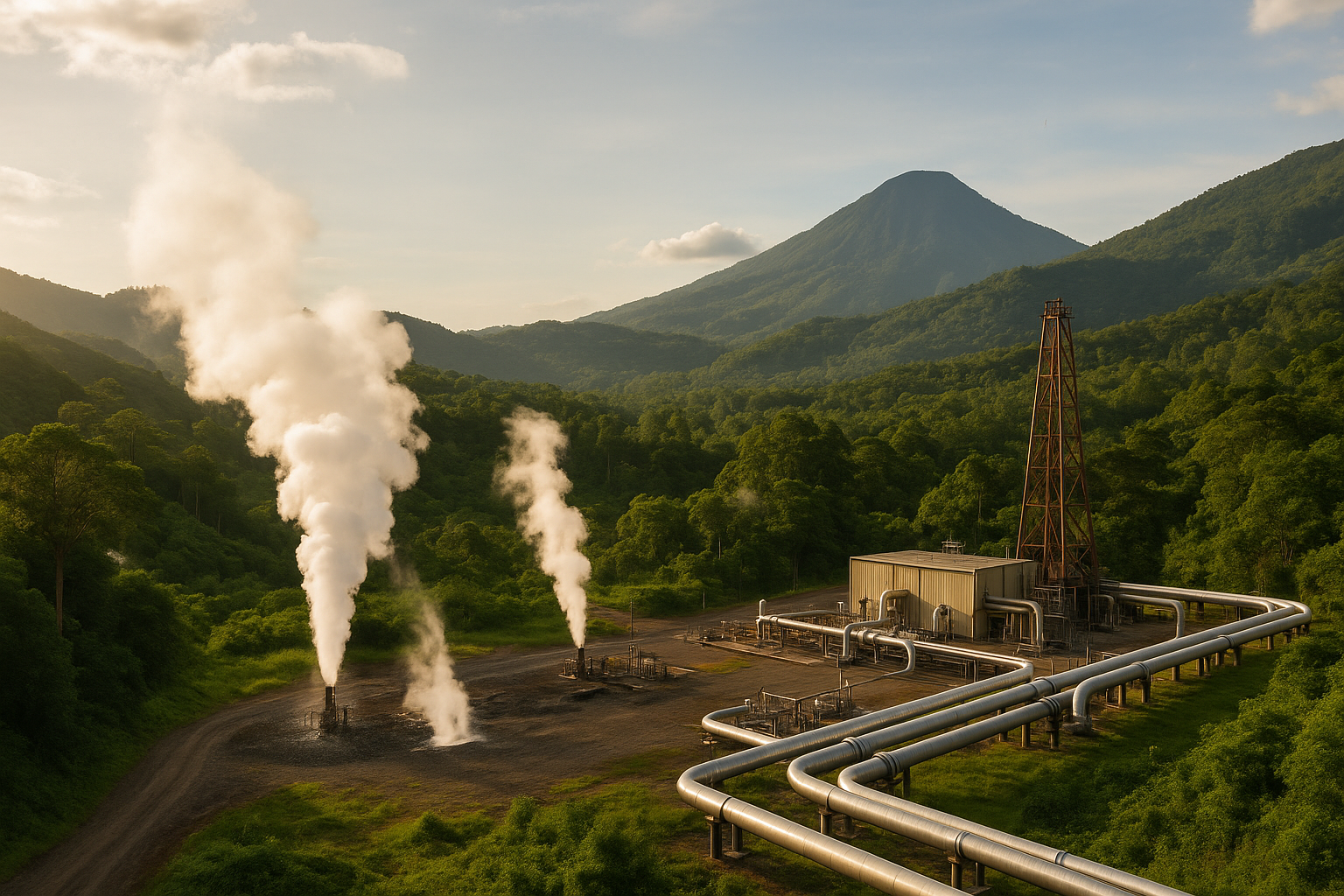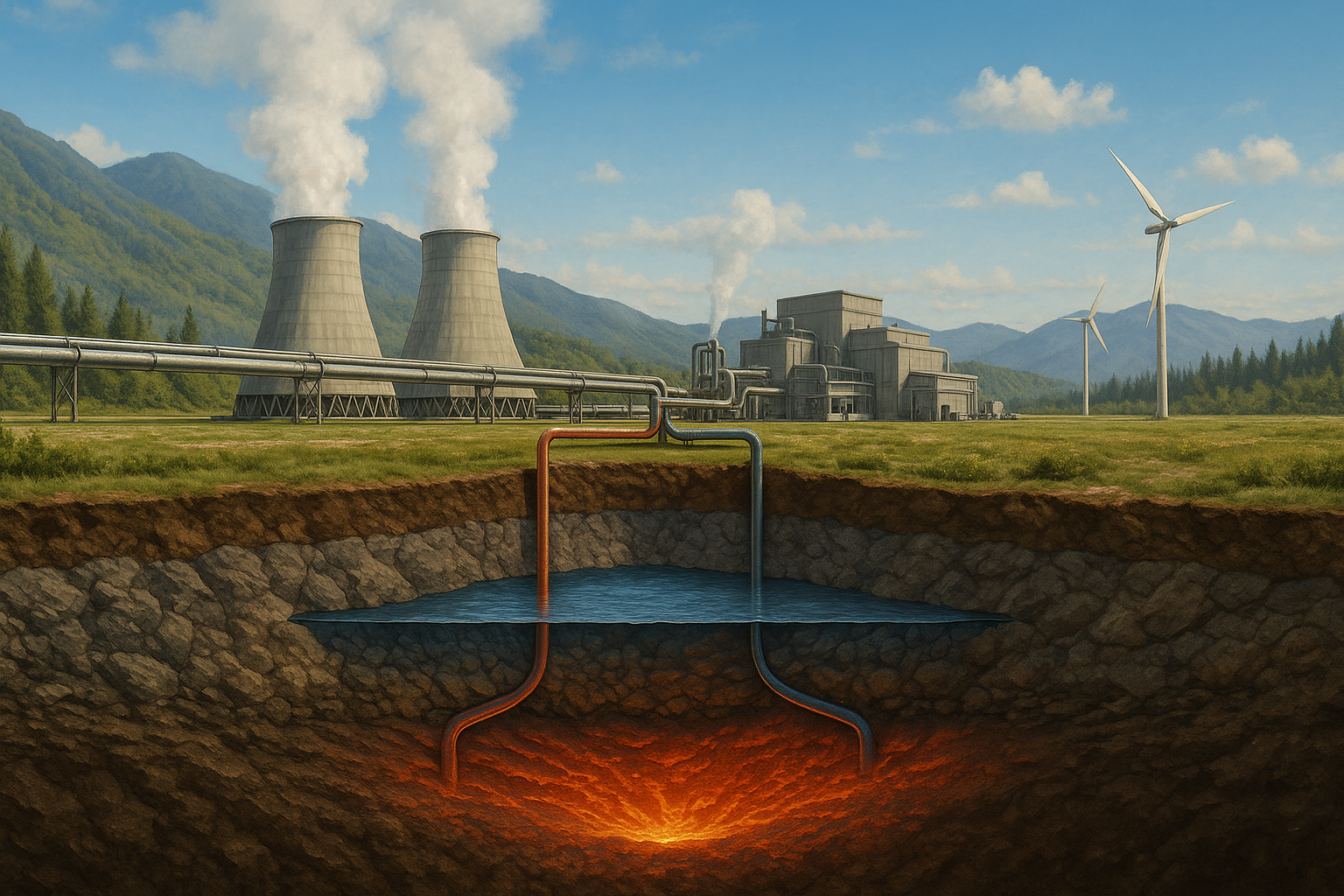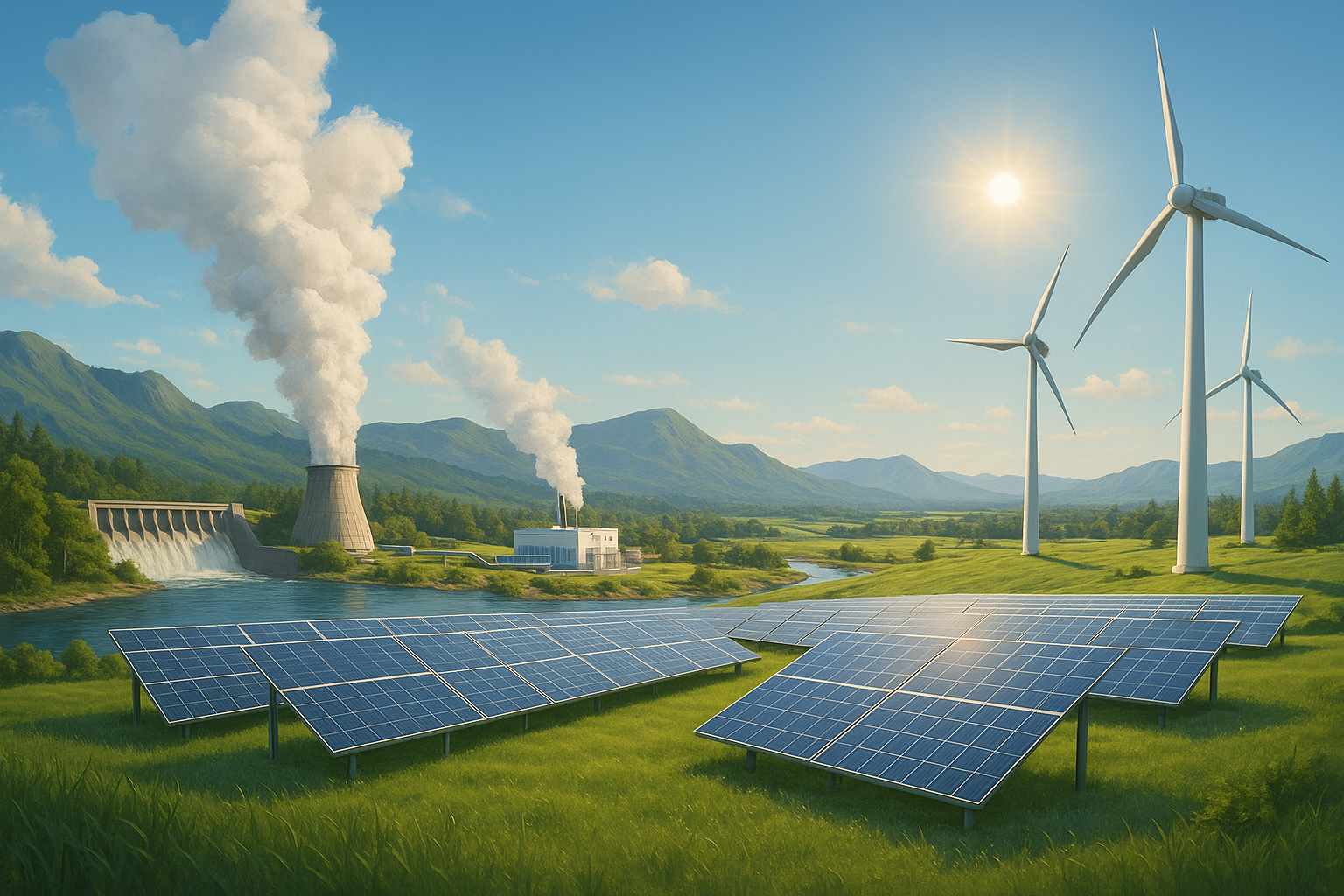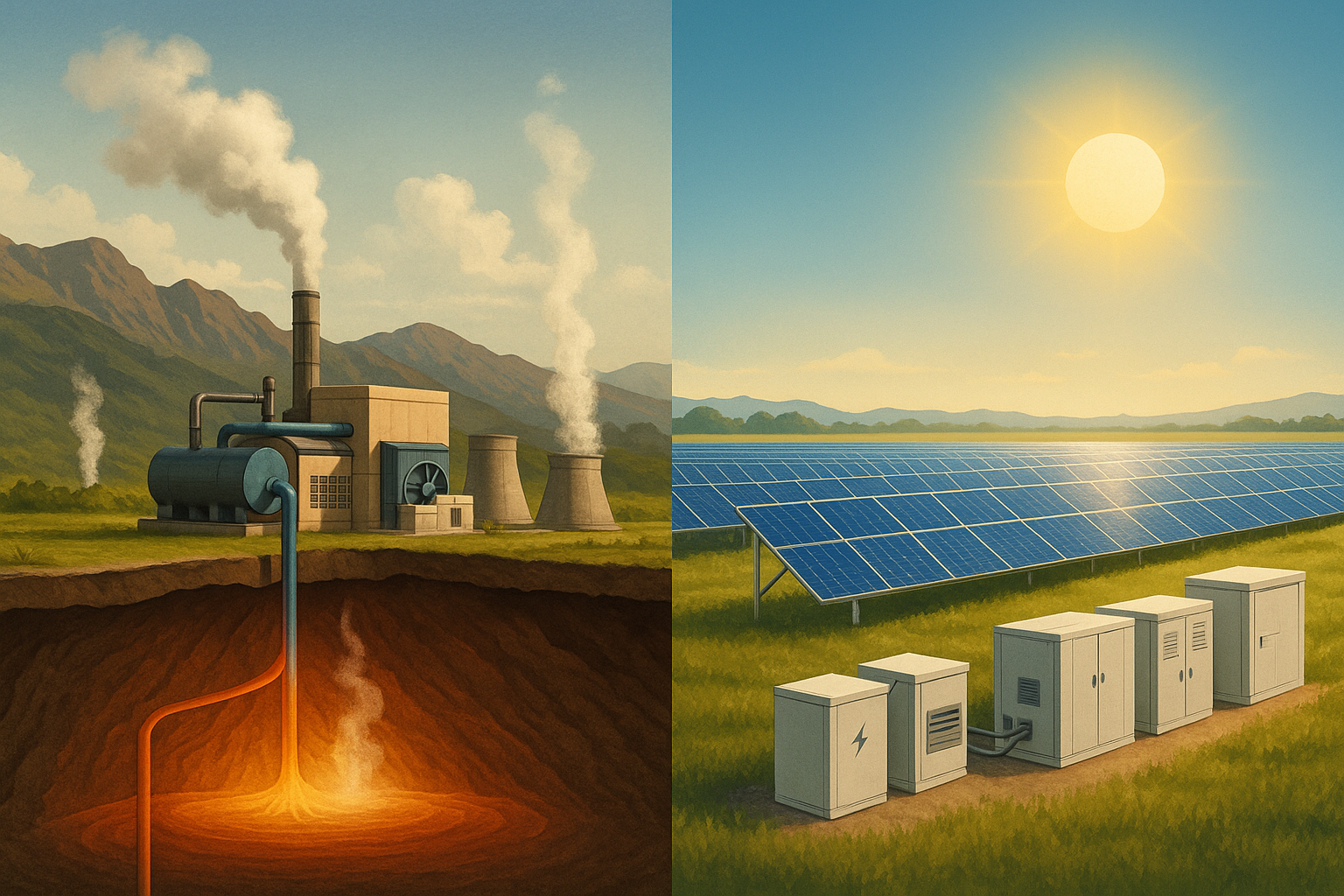The local government of Quang Ngai province in central Vietnam is pushing ahead with a plan to explore and develop geothermal energy resources to diversify the country’s renewable energy sources, and has officially submitted the proposal to Vietnam’s Ministry of Natural Resources and Environment.
Aim to explore potential resources in Son Ha and Tra Bong areas
The move is in line with Vietnam’s latest energy master plan, Power Development Plan VIII (PDP8), which requires the country to increase the share of renewable energy, especially in rural areas with limited access to electricity.
Geothermal energy has become an interesting alternative for provinces in the central region, which have mountainous terrain and geothermal potential, but have not yet been developed at an industrial level.
Supported by Vietnam’s National Energy Plan
The project will provide electricity to communities in remote areas, particularly increasing energy independence for those communities that have previously relied on external sources of energy. Having a local source of energy will reduce the cost of transporting electricity and increase energy security for electricity users in the region.
The project also includes the development of Hoi Van Resort, which will be another major energy user and support local tourism with a reliable source of clean energy.
Strengthening electricity security – promoting regional economy
In addition to the environmental benefits, Quang Ngai province also sees geothermal development as creating local jobs, increasing tax revenue and boosting infrastructure such as roads, transport and electricity networks.
If the project is successful, it could become a model for other provinces in Vietnam, such as Kon Tum or Dak Lak, which also have ancient volcanoes, to explore geothermal energy sources in their areas.








